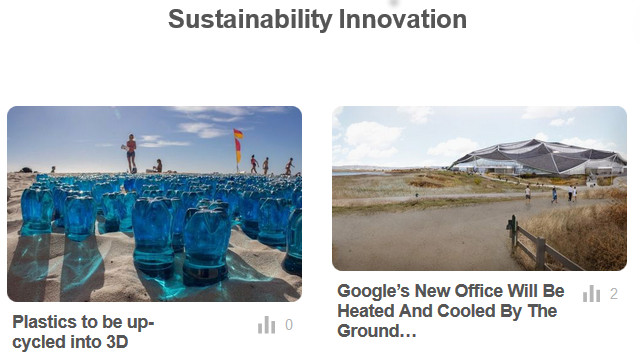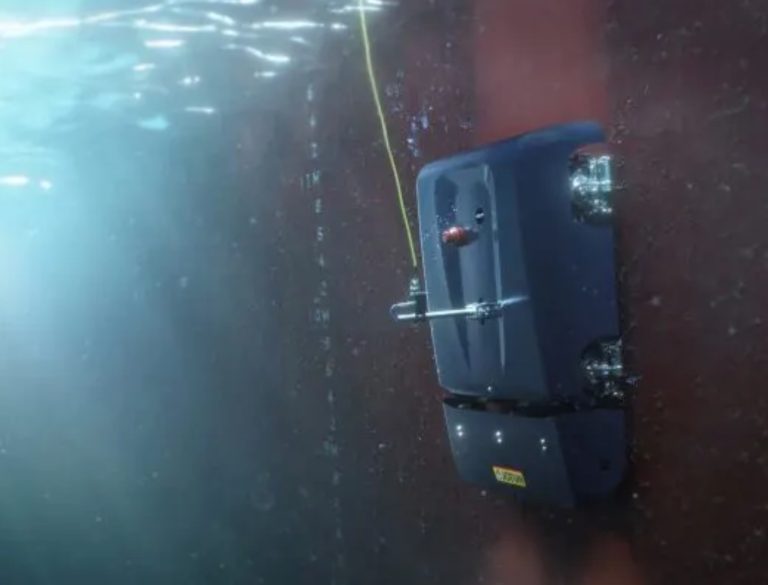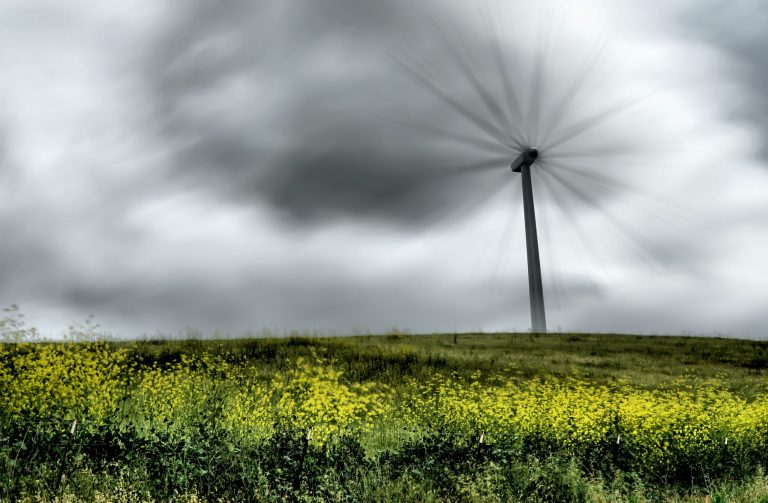Energy storage reinvented
Most people think of chemically-based batteries when they think about energy storage. Yet energy can be stored in all sorts of ways, depending on the operation using it and the length of time it needs to be stored.
An interesting selection of energy storage options that have been showing up recently as the renewables market grows, so I thought I’d list a few here.
Why? because human perception is heavily controlled by what we already know – so learning to shake up our default definitions can open up new opportunities. If you can think differently about “batteries” – seeing the service value they provide, not just the delivery technology, what else could you think differently about?
So what’s coming to market on the battery storage stage?
Solutions range from gravity-based solutions to chemical batteries made with different materials, including (who would have thought it) coal!!!
- Pumped hydro storage is getting better known in multiple solutions. Water is pumped uphill to a storage reservoir with available renewable energy, then at night it’s released through a turbine to make energy.
This is being implemented at a range of scales, from major infrastructure (Snowy Mountain) to smaller-scale situations. It doesn’t have to use drinking water either – there are an increasing number of coastal sites under investigation in South Australia. - Molten sodium is being developed for use in Concentrated Solar power stations to enable 24/7 power supply. A pilot thermal storage plant is being developed in Australia that uses a modular tower system with liquid sodium as the heat transfer fluid to store and dispatch power day or night.
- Stacked cement blocks Energy can be stored mechanically, using a crane to stack cement blocks. Energy is accessed by a generator on the crane as blocks are returned to ground level using gravity.
This is still at startup stage – and now being more effectively targeted at specific time scales.
Mechanical energy storage is highly efficient (90% of the energy stored is returned) and it is seen as particularly useful for matching seasonal variations in supply and demand—for heating in winter, say, when solar generation is at a minimum. - Coal in batteries Work is being done in Newcastle on a range of alternative (non-CO2) uses for coal – one of which is to convert it to activated coal or graphene and use it to make super-capacitor batteries that can provide cheap, long term energy storage.
- Batteries made from carbon dioxide Other Novocastrian innovators are working on making graphite suitable for storage batteries from industry emissions of CO2.
It ain’t what you do…
As the classic jazz song says, it’s the way that you do what you that matters…
Having the capability to think beyond “the world as we know it” has been the territory of human innovators since the first flint axes came to market and were traded across the Stone Age world.
Applying that capability to develop cleaner, smarter, regenerative business product, processes and value propositions is the growing entrepreneurial opportunity of the 21st century.






